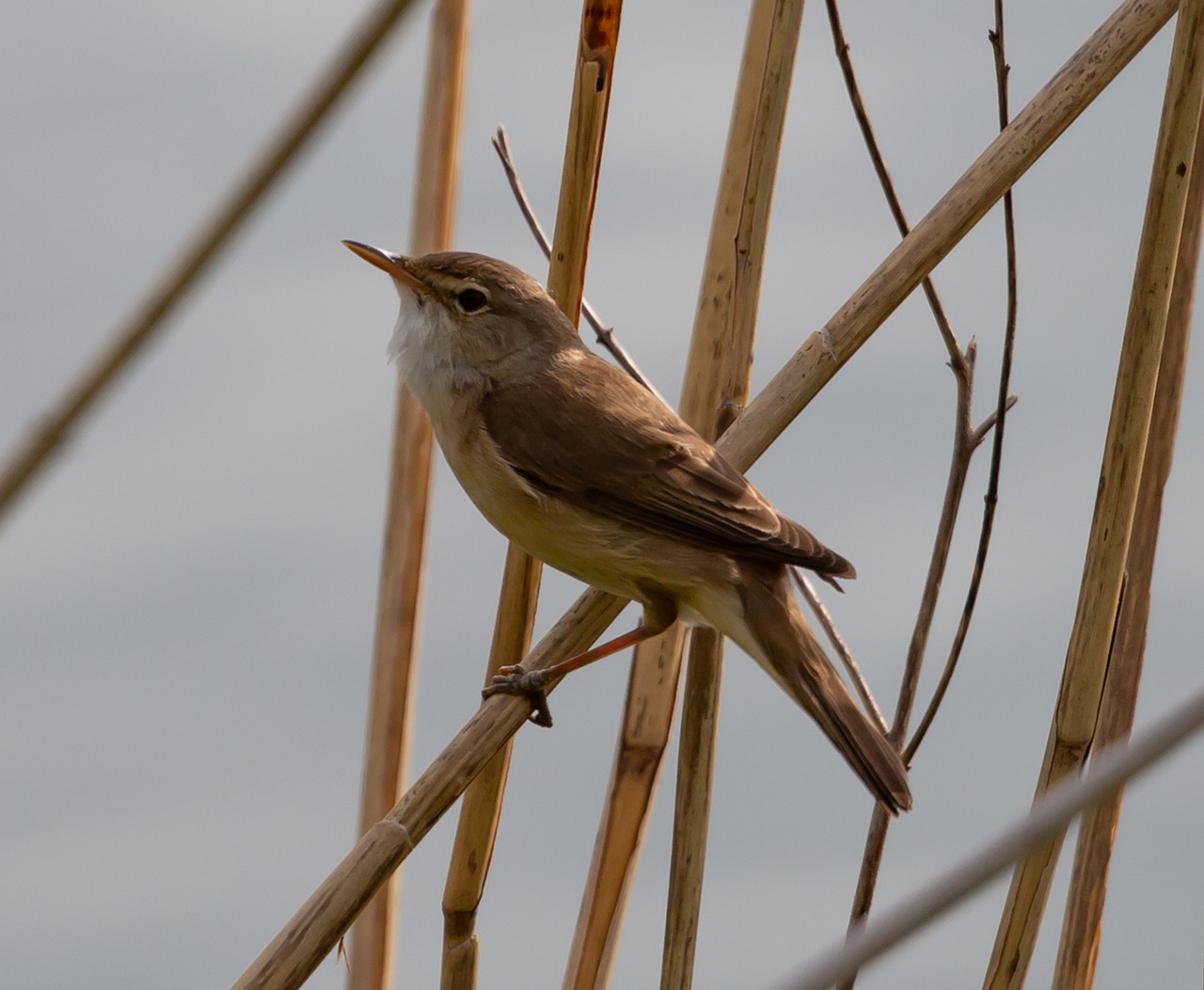Habitatutnyttjande under efterhäckningstiden hos rörsångare Acrocephalus scirpaceus och sävsångare A. schoebaenus i relation till riklig tillgång på föda
DOI:
https://doi.org/10.34080/os.v8.22946Nyckelord:
habitatval, val av boplats, häckningsbiologi, födosöksekologi, predator-bytesinteraktion, interaktion mellan predator och byteAbstract
Habitat selection in Reed and Sedge Warblers in late summer and autumn was studied on the basis of trapping in several sites along the Courish Spit. The study revealed that during the period of post-breeding and post-fledging movements birds, especially juveniles, were strongly associated with patches where their preferred food, plum aphids, was most abundant. Both Reed and Sedge Warblers were much more abundant in wet reed beds where more aphids were recorded, although many nests occurred in dry reed. The Reed Warbler re-distributed itself within reedbeds, whereas the Sedge Warbler moved into reed stands from breeding sites in nearby sedge and shrub, thus making a more significant shift in habitat selection between the breeding and post-breeding periods. The association of birds with concentrations of their prey suggests that the purpose of post-breeding and especially post-juvenile movements is to find sites which are most suitable for completing moult and pre-migratory fattening.
Nedladdningar

Downloads
Publicerad
Referera så här
Nummer
Sektion
Licens
Författaren/författarna innehar copyright för varje enskilt bidrag, men samtliga bidrag är publicerade under en Creative Commons-licens, så att vem som helst kan dela och återanvända bidraget förutsatt att copyright-innehavaren erkänns.







